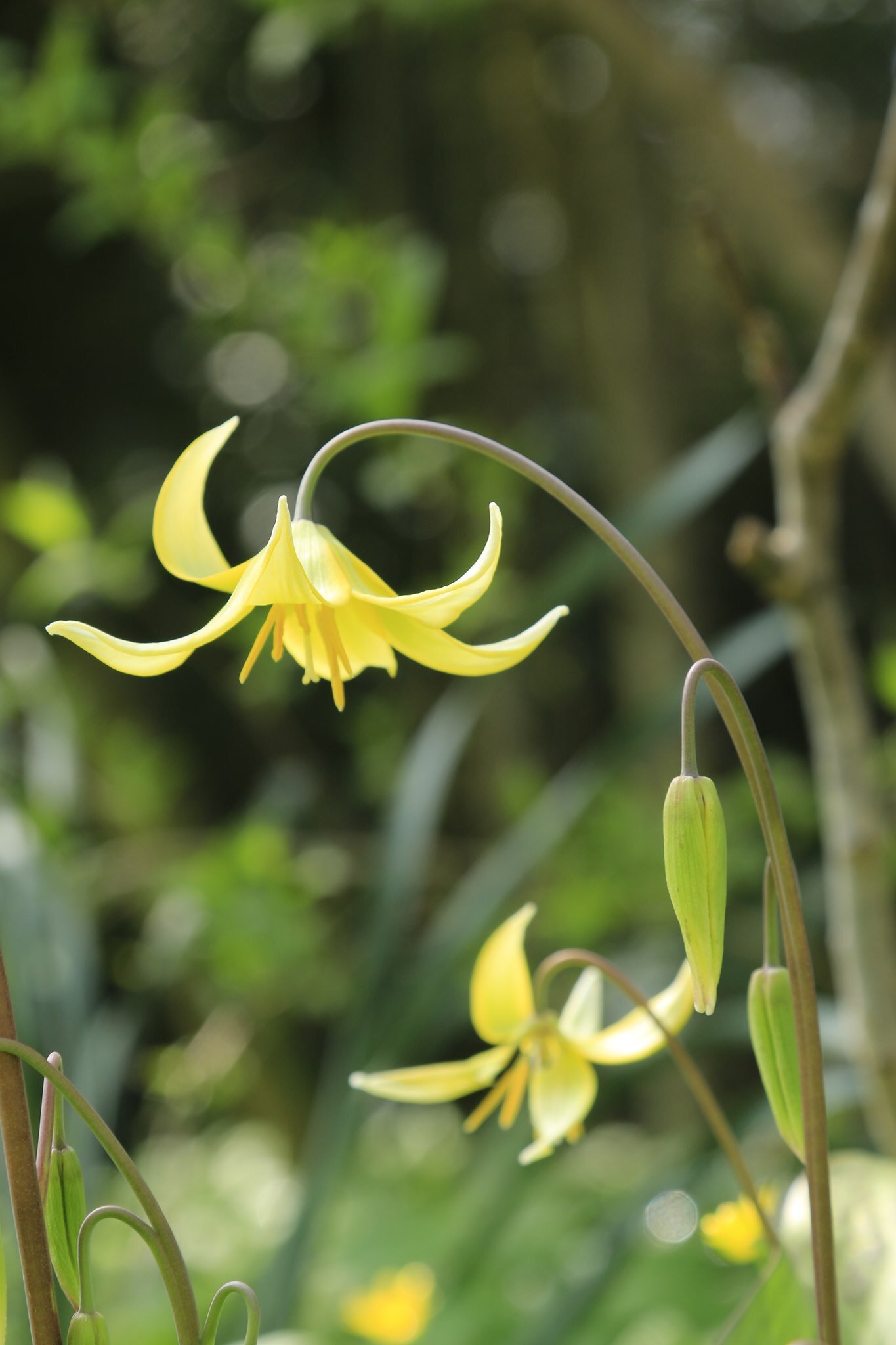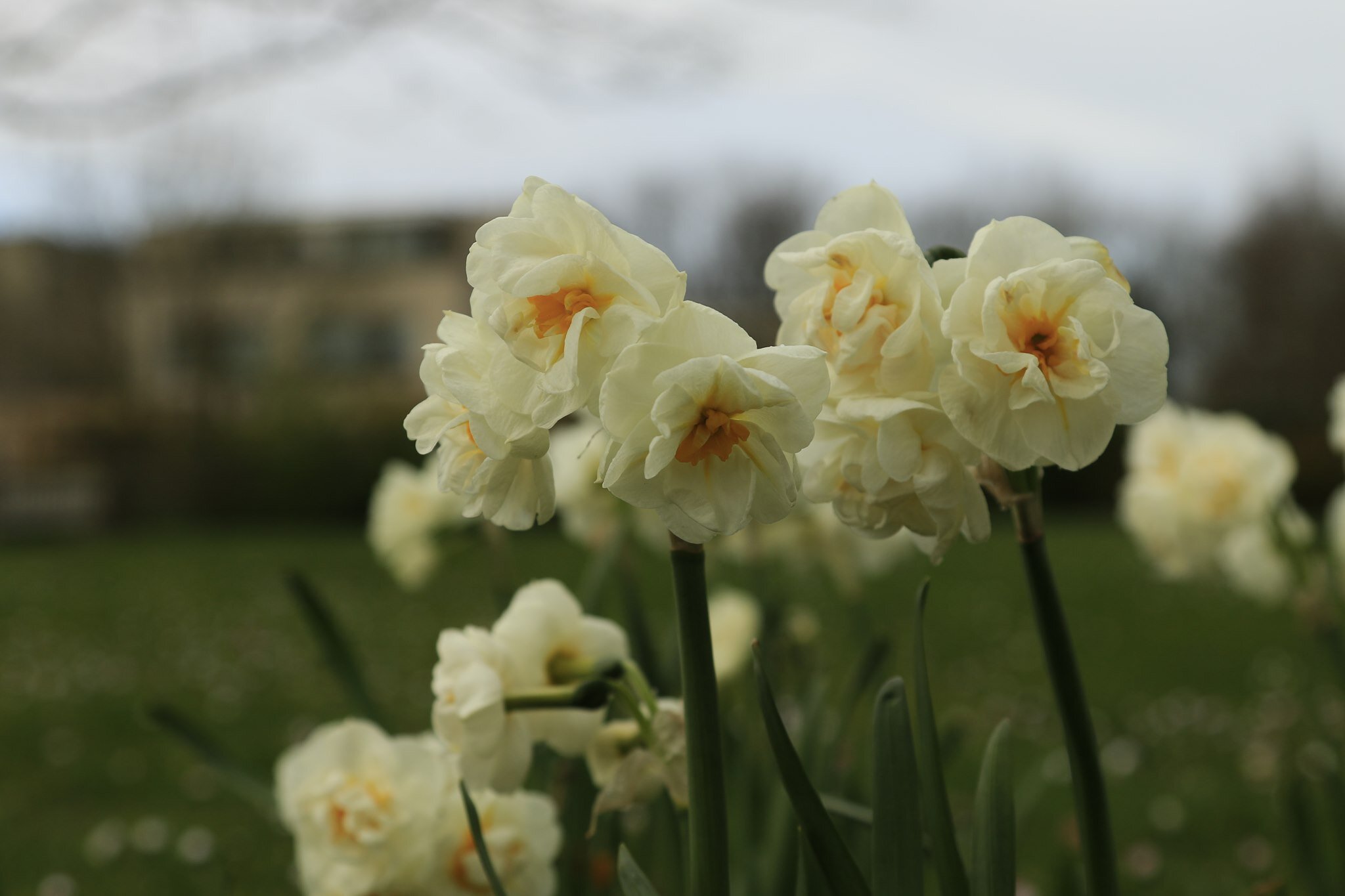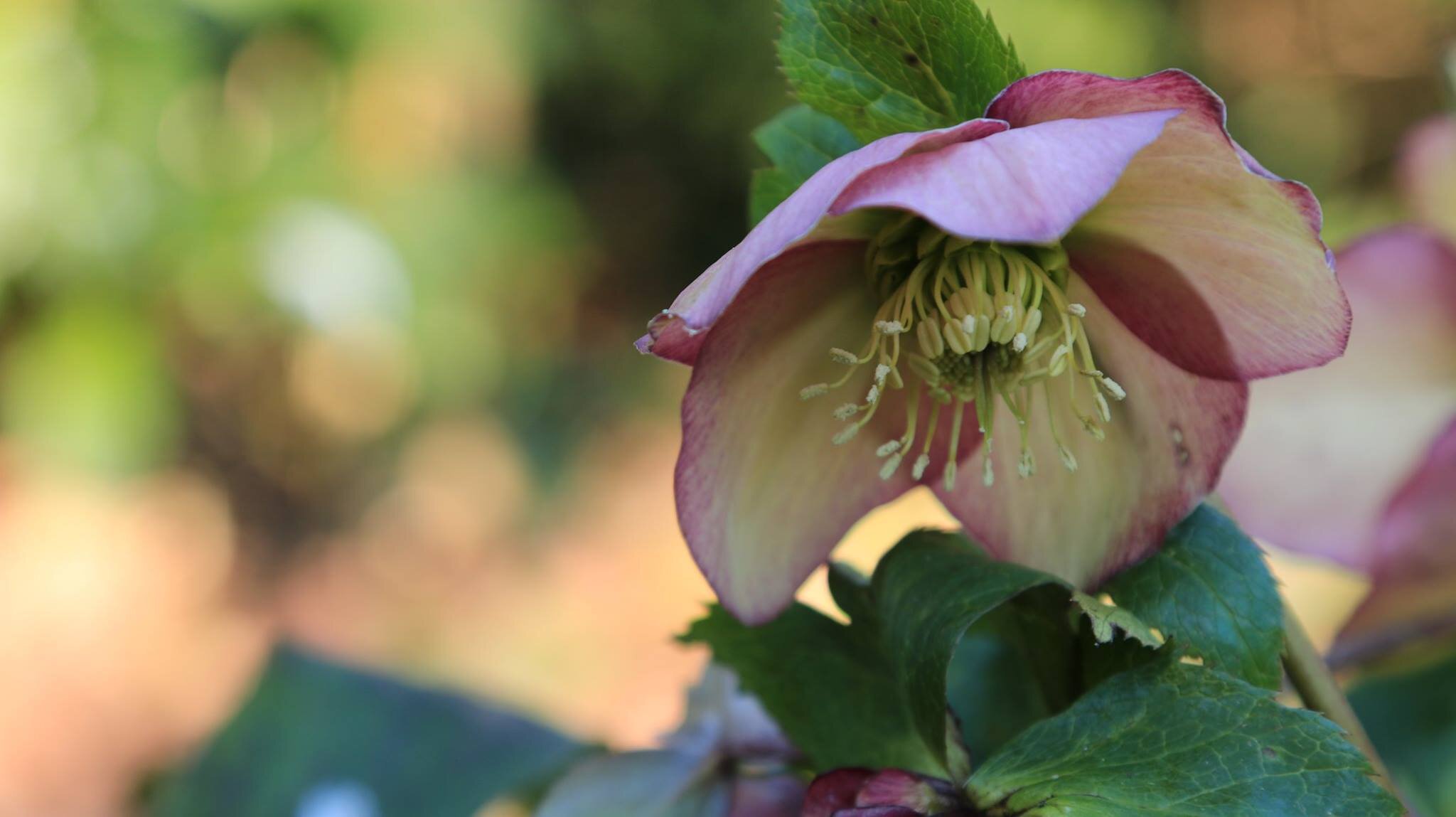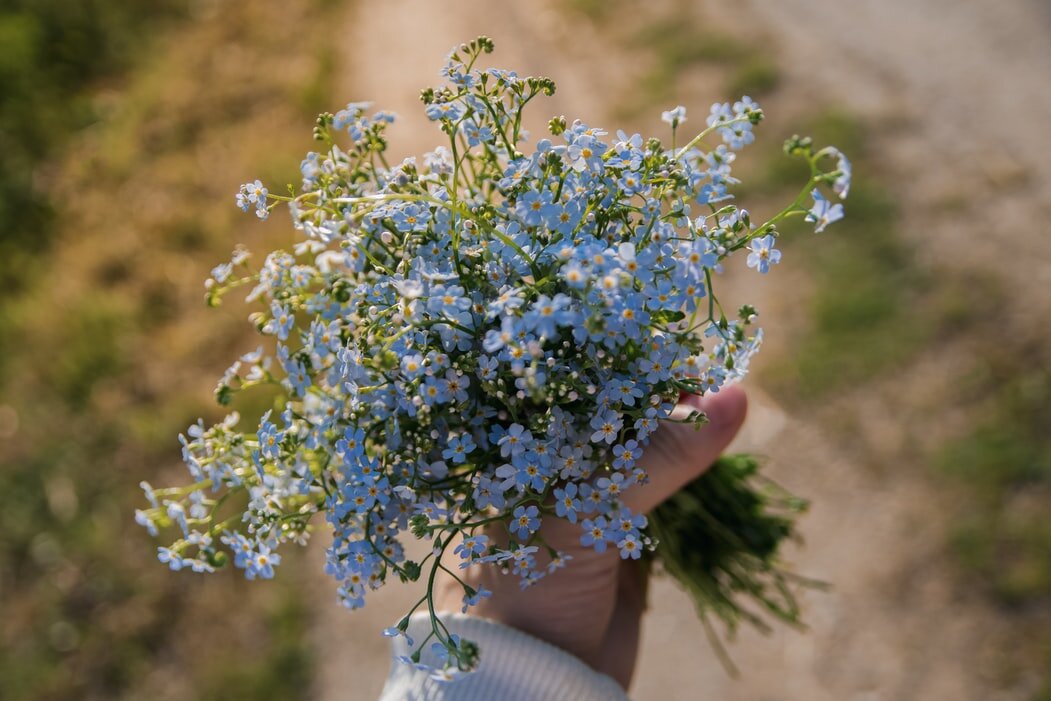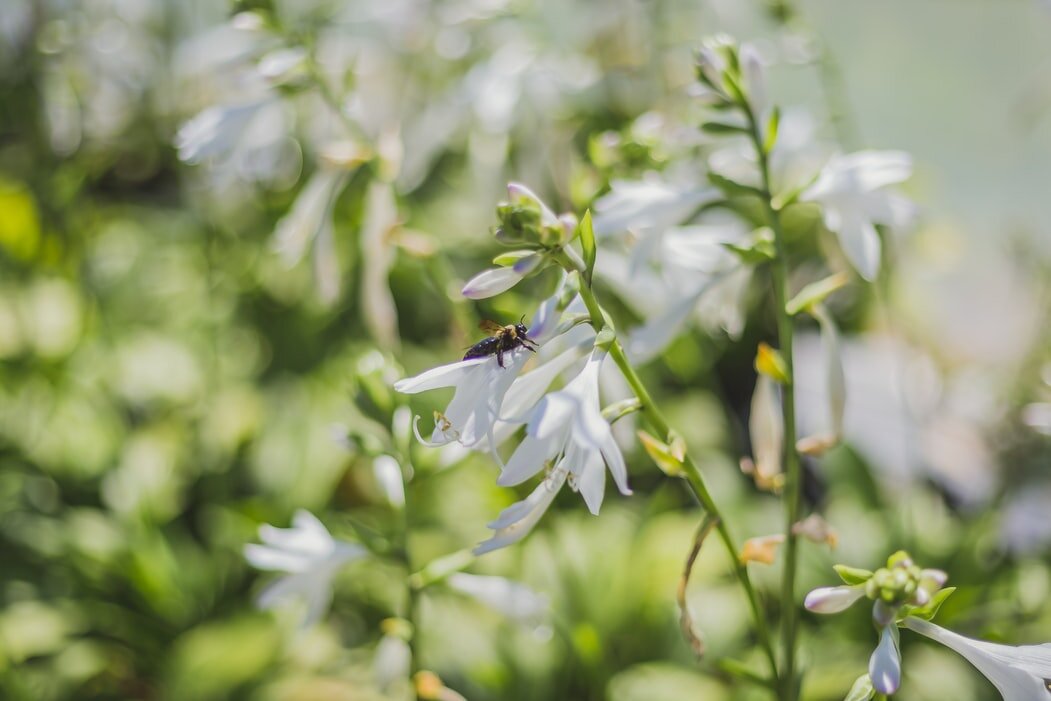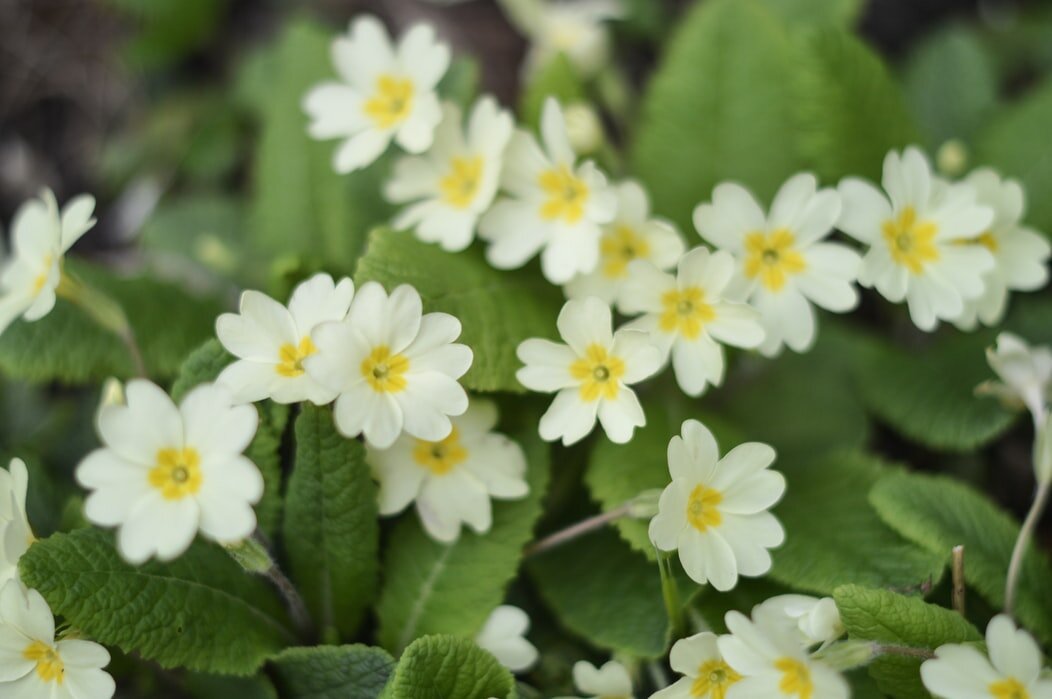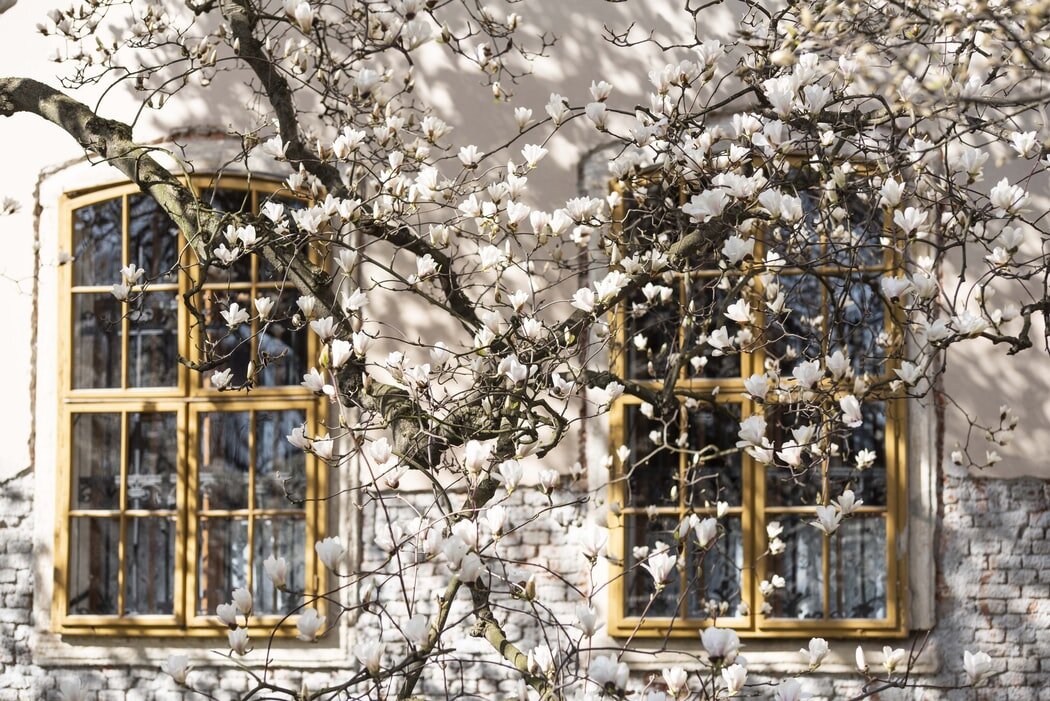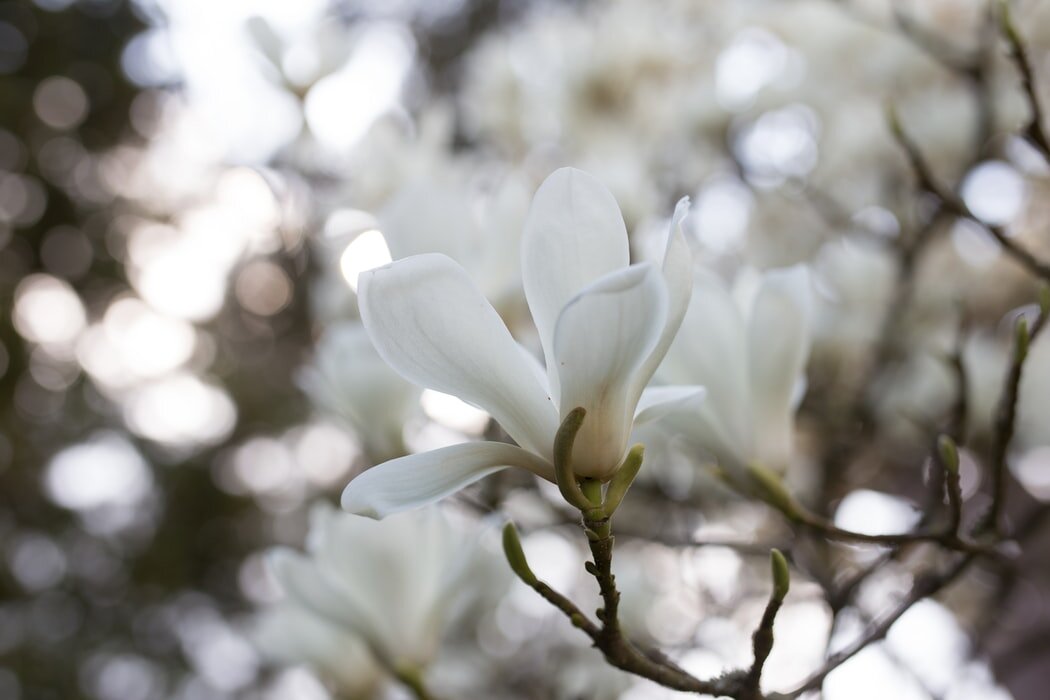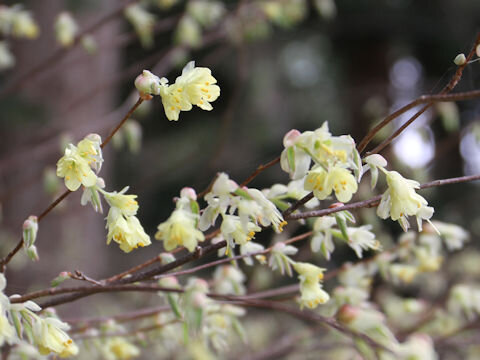3 Spring-Flowering Plants and How to Combine Them With Other Flowers
Wave this winter goodbye with beautiful spring-blooming flowers!
Most people get overwhelmed with spring flower choices and end up confused about which flowers to buy or which plants go well together in the garden, both aesthetically but also in practical terms. Which flowers grow well together? What can you plant with daffodils? Or which flowers complement its other’s colours and scents?
Here are 3 of my favourite plants and how you can combine them for a beautiful spring garden:
Brunnera is a perennial with heart-shaped or ovate leaves and small light blue flowers. Their silver-spotted foliage colour is just as attractive as their forget-me-not kind of flowers. A sheltered, shady site is essential for best variegation. Although it prefers moist conditions, Brunnera will tolerate dry soil once it settles. It will spread to form a large clump, which makes it an ideal groundcover plant for the front of a border or lighting up darker, shady areas under the canopy of deciduous trees. A gorgeous plant to use for edging a woodland path. And with varieties such as ‘Jack Frost’ or ‘Looking Glass’, the silver leaves look tropical in a woodland border. What else can you ask from a spring plant?
The most beautiful plant partners for Brunnera are:
Hyacinthoides non-scripta. A bulbous perennial plant known as bluebell. They are perfect to combine with Brunnera with their beautiful bell-shaped, blue flowers that bloom in April and May.
Asplenium scolopendrium. An evergreen fern known as hart's-tongue or hart's-tongue fern. It can give a tropical appearance to your garden with its strap-shaped, bright green fronds.
Hosta ‘Devon Green’. Another plant with heart-shaped leaves. With its dark colour and glossy surface with lily-like flowers (that bloom in the summer), Devon Green is a great choice together with Brunnera and Hart’s tongue fern.
Corylopsis pauciflora (Winter Hazel) is a slow-growing and slow-spreading dense shrub. It’s low maintenance and can grow up to 1.5 m tall by 2.5 m wide, which makes it an impressive plant to have in your garden. They need medium moisture, well-drained soils in full sun to part shade. With bright green leaves and its mildly fragrant primrose yellow flowers (that bloom in early spring), you can’t miss them.
The most beautiful plant partners for Winter Hazel are:
Scented daffodils. You can enjoy them from late January to late April, although flowering time is in March. Many varieties available and many of them are good for planting in pots. Like many plants, they prefer well-drained soil to avoid rotting. Daffodils need full sun or partial shade and their flowers are delicate and release a strong fragrance. The perfect companion for Winter Hazel and warm spring evenings.
Primula veris (Primroses). The flower and root are famous for their therapeutic uses. It's best grown in groups so perfect for Winter Hazel. Grow Primula veris in moist soil in partial shade and they do great if naturalised in grass. Beautiful for instance around the edge of a pond. And you can let plants self-seed after flowering.
Epimedium niveum (Snowy Barrenwort). This is a compact deciduous perennial with again heart-shaped, green leaves, lightly red in spring, turning bronzy-red in fall. Gorgeous to watch the colours change through the seasons. Superb plants, perfect for edging. They are very sturdy and although they take longer to fully grow, they’re long-lived.
Magnolia stellata. Also known as Star Magnolia, is a small deciduous tree with pretty star-shaped flowers. If you’re looking for a spectacular flower show in your garden then Magnolias are a must-have. Although their show lasts just a week or two it’s so beautiful that it’s absolutely worth it. The pure white, star-shaped blooms appear early in spring, before the leaves. Magnolias are also perfect for smaller gardens. They need full sun to light-shade and to be away from windy spots.
The most beautiful plant partners for Magnolias are:
White Daffodils ‘Narcissus ‘Thalia’. It's a pure white daffodil with two or three heads, this daffodil will not look the same from one day to the next. It’s a great alternative to the yellow daffodils with an attractive scent. You can’t go wrong by combining Magnolias and White Daffodils.
Helleborus (apricot, pink or red coloured varieties). Hellebores are easy to grow, low maintenance, and their flowers last for up to three months! Their colour shades vary from pink to red complementing their handsome dark green foliage. They thrive in moist soil and will be fine in part sun to almost full shade spots.
Erythronium Pagoda. A small plant with decorative leaves and eye-catching lilac stains on them. Very pretty to watch, they love shade although they don’t mind some sunlight. Remember to plant the turnips deep to protect them from the summer heat. You can enjoy these beauties for years!
There are many combinations and many more flowers and plants you can experiment with and create your own spring haven just outside your door. Think of what it is that matters to you, how much time you have to dedicate to your garden, what do you want your garden to look like? It’s good to have a plan and a list of flowers you’d like to try so that you don’t lose focus when you find yourself in front of many colourful and eye-catching plants.
More Tips & Advice?
If you need help with getting your garden projects going, or if you’d like to find out which improvements will work for your space, contact Botaniq for a consultation!
Content Editor Sofia Simeonidou
